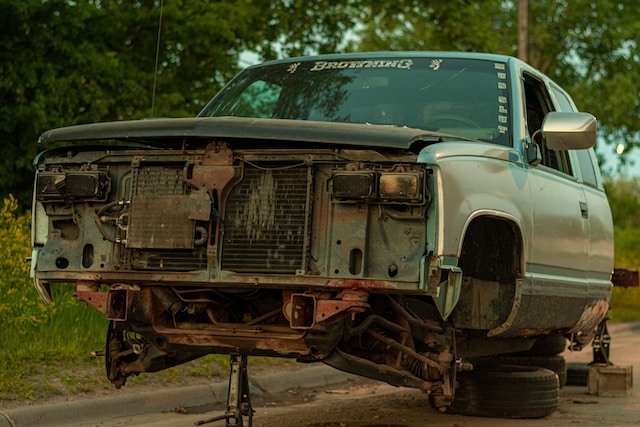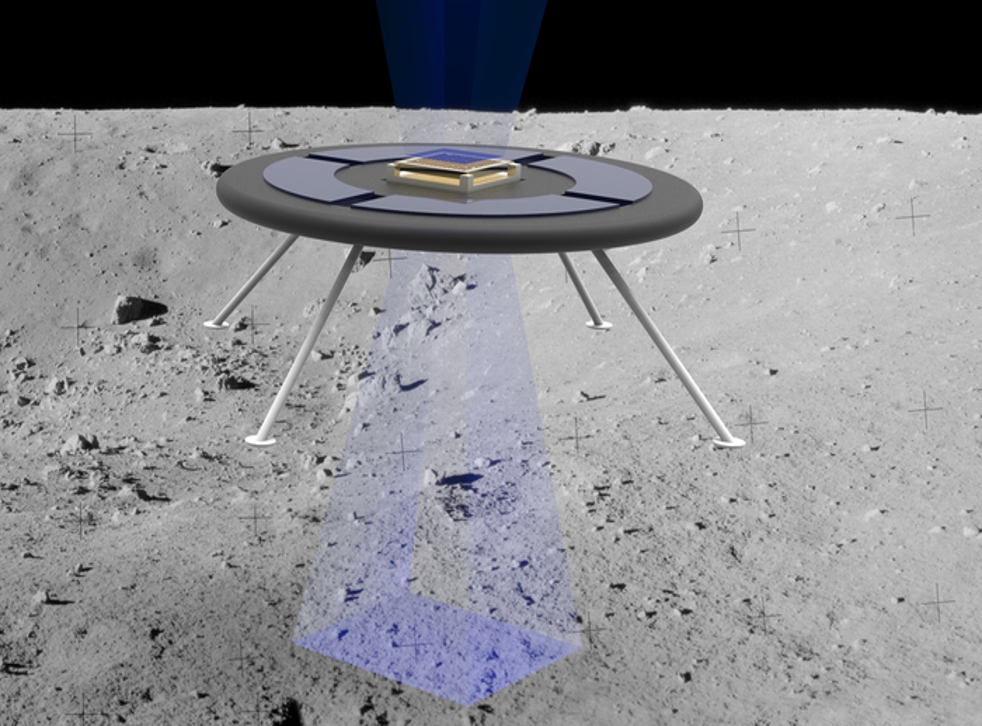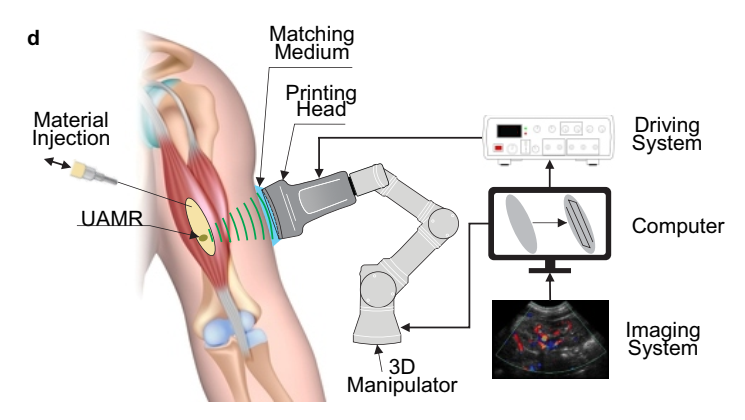Own a car that’s just gathering dust and taking up space? You’re not alone. Many people have vehicles that no longer run or are too expensive to repair. The question is, what can you do with such a car? In this guide, we’ll explore several legitimate options for getting rid of a non-running car, from selling it for parts to recycling or donating it. The aim is to help you make an informed decision that’s not only beneficial to you but potentially to others and the environment as well.
Selling the Car
Your non-running car may still be worth some money, especially if it’s a popular model or has valuable parts. The easiest way to sell such a car is online, through classified websites. You could also try listing it on social media platforms and local online marketplaces.
But before you do that, make sure to get an honest appraisal of your car’s worth. You don’t want to sell it for too cheap or too expensive, do you? To find out how much your car is worth, you could consult an experienced mechanic or check out online car valuation tools. This will give you a better idea of the price range to advertise your car for sale.
Remember to also include all the necessary information about your car in the ad, such as its make, model, year, mileage, and any damages or issues it may have. Be honest and transparent to avoid any potential legal issues or disputes with the buyer.
Selling the Car for Parts
Selling the car for parts is a viable option, especially if the car has valuable components that are still in good shape. Car parts can fetch a decent price in the second-hand market, particularly for older models where parts may be hard to find. The price you get will depend on the condition of the parts and the demand for them.
However, selling parts individually can be a time-consuming process. It requires knowledge about car parts and their value, and you will need a place to store the parts until they are sold. Additionally, you may have to deal with potential buyers and negotiate prices.
After you’ve sold all the valuable parts, you’ll need to dispose of the rest of the car responsibly. This often involves selling the scrap metal to a junkyard or recycling center. Remember that certain parts, like tires and batteries, require special handling due to environmental regulations.
Recycling the Car
Recycling a non-running car is a greener option. Most parts of a car, including the metal, glass, and plastic, can be recycled and used in new products. This helps lessen the demand for raw materials and reduces the environmental impact of car manufacturing.
There are companies that specialize in car recycling. They will dismantle the car, remove and recycle salvageable parts, and dispose of the rest in an environmentally friendly way. Some of these companies even offer cash for junk cars.
Keep in mind that not all recyclers operate ethically. Do your research and choose a company that follows environmentally friendly practices and complies with all local and federal regulations.
Donating the Car to Charity
Another option for getting rid of a non-running car is to donate it to a charity. There are many charities that accept car donations, even if the car doesn’t run. They usually sell the car or its parts and use the proceeds to fund their programs.
Donating a car to charity can give you a sense of satisfaction, knowing that you’re contributing to a good cause. In addition, you may be eligible for a tax deduction based on the value of the car or the amount the charity receives from selling it.
However, be careful when choosing a charity. Make sure it’s a legitimate organization and that a significant portion of the proceeds from the sale of the car will go towards its programs.
Trading the Car in
If you’re planning to buy a new car, consider trading in your old one, even if it doesn’t run. Some dealerships accept non-running cars as trade-ins but at a lower price. They may repair the car and resell it, or sell it to a salvage.
Trading in your old car can be a convenient option, as the dealership will handle all the paperwork. However, you may not get as much value from a trade-in as you would by selling the car or its parts yourself.
Before choosing this option, shop around and get quotes from several dealerships to ensure you’re getting the best deal.

In conclusion, there are several legitimate ways to get rid of a car that no longer runs. Each option has its pros and cons, and the best choice depends on your circumstances and preferences. Whether you sell the car, recycle it, donate it to a charity, or trade it in, remember to do your research and consider not only the financial implications but also the environmental impact and potential benefits to others. After all, one person’s trash can indeed be another’s treasure.







